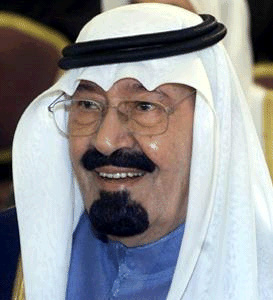Royal families are the families of reigning monarchs—kings, queens, emperors, empresses, sultans, emirs, or other sovereigns. A royal family consists of the monarch of a particular nation state and the monarch’s immediate relatives—spouse, children, grandchildren, brothers and sisters, and parents.
A royal family is not necessarily the same as a ruling family (one that controls the government). In many countries, the monarch is a head of state but takes little or no part in government. Some ruling families who do control the government of a country are not royal. For example, the ruling family of Kuwait is not royal. This type of family is usually not descended from an ancient noble ancestor.

In prehistoric times, the leaders of tiny communities were probably chosen by the people. Eventually, such leadership became hereditary—that is, it was passed on within one family from one generation to the next. In recorded history, one of the earliest dynasties (series of rulers from the same family) was that of the pharaohs of Ancient Egypt . According to tradition, there were 30 successive dynasties of pharaohs up to the time of Alexander the Great , who invaded Egypt in the 300’s B.C.
Royal families today
Types of royal family.
Royal families are defined by the status of the monarch, who may be either a constitutional monarch, a divine monarch, or an absolute monarch.
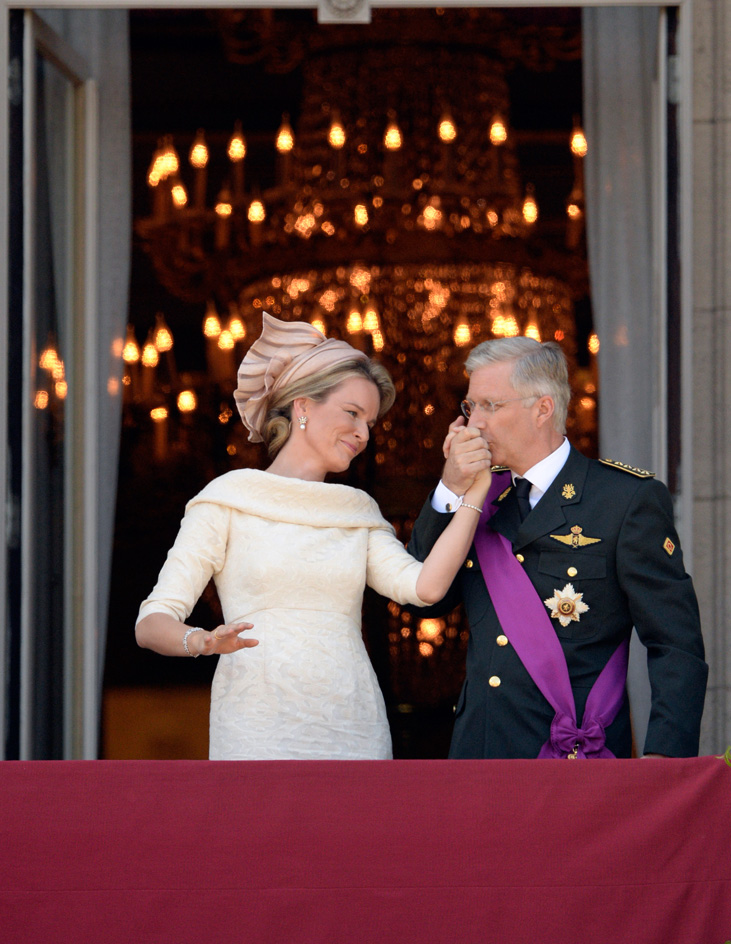
Most royal families of the world belong to constitutional monarchies. These royal families cannot run the government and have limited political authority. Instead, they have powers and duties defined by constitutional agreement. Belgium , Liechtenstein , Malaysia , the Netherlands , and the United Kingdom have constitutional monarchies.
Divine monarchs and often their immediate family are considered to be representatives of their people’s god or gods in human form. Their leadership is both spiritual and political. This form of government is rare today.
Absolute monarchs govern as the principal executive, legislative, and judicial authority in a country. Their word is law, and they may have power of life and death over their subjects. Brunei , Oman , and Saudi Arabia are examples of absolute monarchies.
Role of royal families.
Royal families serve certain needs within a society or culture. The monarch and other members of the royal family symbolize (stand for) a nation and all its finest qualities. They represent the religious, historical, and cultural identity of a group of people. Many of those who support the existence of royal families believe that they have a duty to strengthen and preserve morality and tradition. The way a country’s royal family lives should set a good example for its people.
Nearly every country in the world has had a royal family at some point in its history. However, political and social changes have often altered the way in which a nation’s people regard their royal family. In many cases, the people of a country have deposed (removed from office) or even executed their monarch, and then formed a republic . There are several republics today whose royal families live in exile.
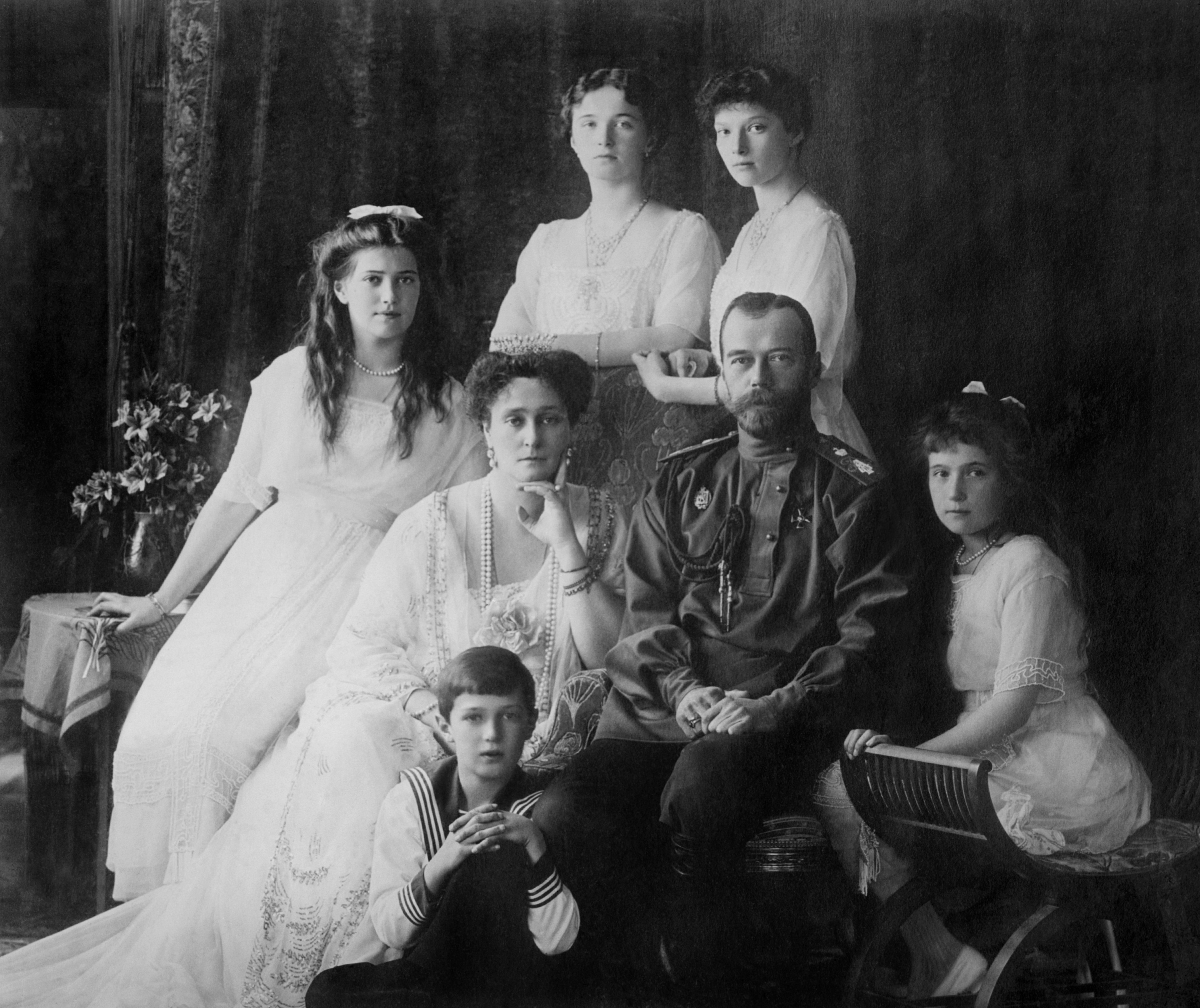
Royal families around the world
Europe.
Some of the monarchs of European countries belong to families that date from medieval times. Other European royal families have more recent origins. Through intermarriage or because of political events, several royals (people of noble royal blood) are members of more than one family.
Belgium.
Leopold of Saxe-Coburg-Gotha became the first king of the Belgians in 1831, shortly after Belgium won its independence from the Netherlands. The monarchy has remained in place to the present. Belgium is a constitutional monarchy. The person of the king is inviolable (may not be harmed).
Denmark.
The Danish royal family dates from the reign of King Gorm in the 900’s. In 1848, King Frederik VII accepted a constitution for Denmark and created a parliament.
Monaco.
The royal house of Grimaldi rules Monaco . Monaco is a principality (region ruled by a prince). In 1308, Francis Grimaldi of Genoa, Italy, was granted governing rights over Monaco by the Genoese , who controlled it at that time.
Netherlands.
The royal house of the Netherlands is the House of Orange-Nassau. Prince William I of Orange , who reigned from 1572 to 1584, also known as William the Silent, is generally regarded as the founder of the Dutch State. The Netherlands has a constitutional monarchy.
Norway.
The present Norwegian monarchy began with the nation’s independence from Sweden in 1905. In that year, the Norwegian parliament, the Storting, approved Prince Carl of Denmark as their king. He took the name Haakon VII .
Spain.
The line of royal descent of the present Spanish royal family involves the houses of Aragon and Castille and the royal lines of Habsburg and Bourbon . Spain has a parliamentary monarchy.
Sweden.
The present Swedish royal family is descended from Jean Baptiste Jules Bernadotte (1763-1844), a French military officer elected by the Swedish parliament to be the heir of their King Charles XIII, who was childless. Sweden has a constitutional monarchy.
United Kingdom.
The royal family of the United Kingdom is descended from the royal House of Windsor . The United Kingdom has a constitutional monarchy. 
Asia.
China and India have been republics for many years. In China, the Qing dynasty , the last royal family to rule, was overthrown in 1912. Before India became part of the British Empire in the 1800’s, it was divided into princely states ruled by maharajahs (Hindu royal princes). The title maharajah means great king. Many of the maharajahs had great wealth. Under British rule, the maharajahs became administrators. With the independence and partition of India in 1947, the former princely states gradually became part of a unified republic. In 1971, the Indian government amended the Constitution and stripped the maharajahs of their enormous wealth and power.
The monarchy in Nepal was abolished in 2008. The Nepalese royal family had traced its descent back to the Gurkha King Prithwi Narayan Shah, who conquered Nepal in 1766. From 1846 to 1951, the family of Jung Bahadur, the so-called Rana of Nepal, controlled the country. In 1950, exiled King Tribhuvan Bir Bikram Shah led a revolt against the Ranas. A constitutional monarchy was formed with multiparty elections. King Tribhuvan’s successor, King Mahendra reimposed an absolute monarchy in 1960. In 1990, a national uprising forced King Birendra, grandson of King Tribhuvan, to create a modern constitutional monarchy. In 2001, King Birendra’s son Prince Dipendra killed the king and most of the royal family, then killed himself. The king’s brother Gyanendra then assumed the throne. Gyanendra seized absolute power in 2005, but public protests soon forced him to relinquish it. He surrendered all power in 2008 and returned to private life. 
In the Middle East, nations such as Saudi Arabia were founded in the 1900’s, but their ruling families are descended from ancient Arab dynasties and reign as absolute monarchs.
Brunei.
The royal lineage of the Islamic sultans of Brunei is said to begin with Sultan Awang Alak Bekatar in the 1400’s. In Brunei, the royal will is absolute. The sultan is both prime minister and minister of defense.
Cambodia.
King Norodom Sihanouk reestablished the Cambodian royal family on Sept. 24, 1993, after an absence of 24 years. Following the death of his father, King Norodom Suramarit, in 1960, Sihanouk was elected head of state. He abolished the monarchy and remained as Cambodia’s political leader until 1970, when he was forced into exile. Cambodia is a parliamentary constitutional monarchy.
Japan.
The Japanese monarchy, symbolized by the Chrysanthemum Throne, is said to be the oldest in the world. According to legend, the monarchy dates back to the 600’s B.C. and the reign of Jimmu, considered to be a descendant of the Sun Goddess. In 1947, Japan changed from a divine to a constitutional monarchy.
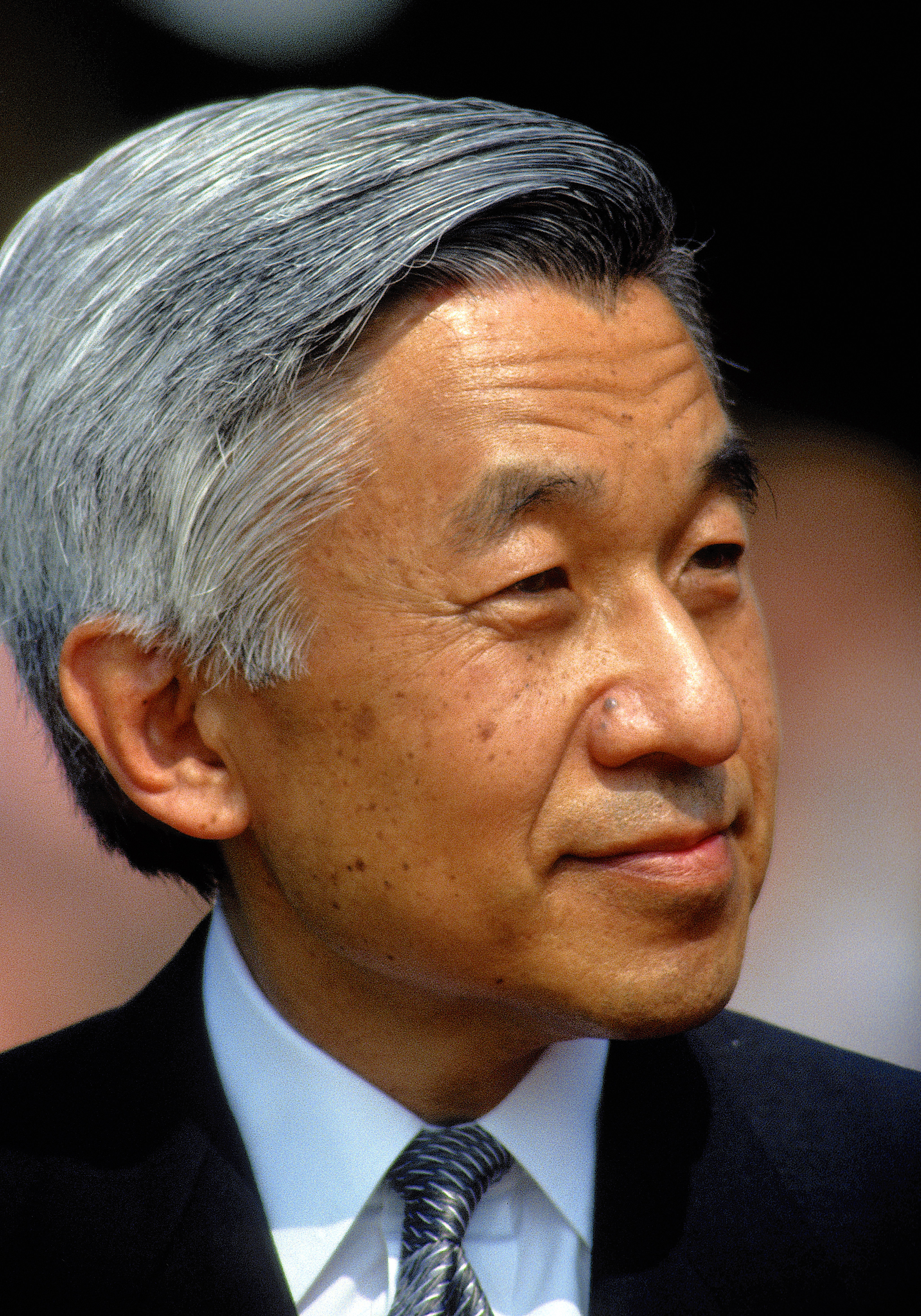
Jordan.
Under its 1946 Constitution, Jordan is a hereditary, constitutional monarchy with a parliamentary system. The throne is passed on by inheritance through the male line. The king designates the heir to the throne.
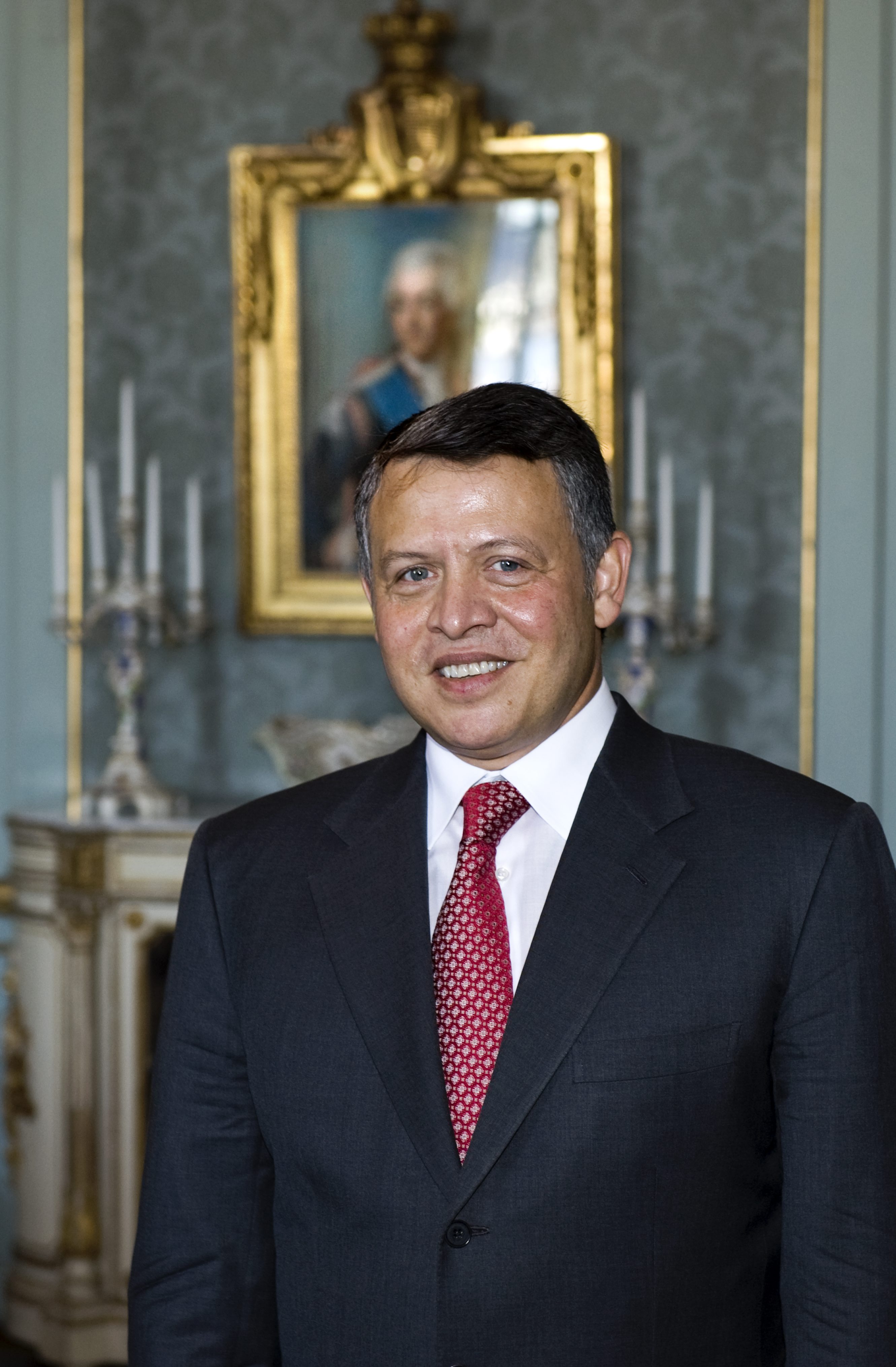
Malaysia.
Malaysia has a unique form of rotating, elective monarchy established in 1957 as a way of sharing power among the nine hereditary rulers of the country. Each ruler, called the yang di-pertuan agong (paramount ruler), rules for a period of five years. The yang di-pertuan agong is a constitutional monarch whose powers are limited by democratic consensus (agreement).
Oman.
The royal lineage of Oman is traced from the Azd and Yarubi tribes who settled in the region soon after 100 B.C. Oman has an absolute monarchy.
Saudi Arabia.
The royal line of the Saud dynasty, to which the Saudi royal family belongs, began in the mid-1400’s, when the family ruled from the area of the present city of Riyadh . In Saudi Arabia, the king rules as absolute monarch.
Thailand.
Thailand has been ruled by the Chakri dynasty since 1782. The kings of Thailand ruled as absolute monarchs until 1932, when King Prajadhipok (Rama VII) established a constitutional monarchy.
Africa.
Most countries in sub-Saharan Africa won independence from colonial rule in the mid-1900’s. The majority of them have presidential governments, but a few states continue to have monarchs.
Among Islamic countries, Egypt drove out its royal family in 1952. Fuad II, the son and heir of King Faruk I , was never allowed to rule after his father was forced to abdicate (renounce his throne) by army officers. The royal family of Libya was also driven out by a military coup.
Eswatini.
The royal line of the Swazi kings can be traced from the 1600’s.
Morocco.
The institution of an Islamic Moroccan monarchy began with the Idrīsid dynasty in the 700’s. The present Moroccan royal family dates from the mid-1500’s when the Arab Sharif tribe formed a ruling dynasty. The family is descended from the Alawi family, a group within the Sharif tribe. Morocco became a constitutional monarchy in 1962.
